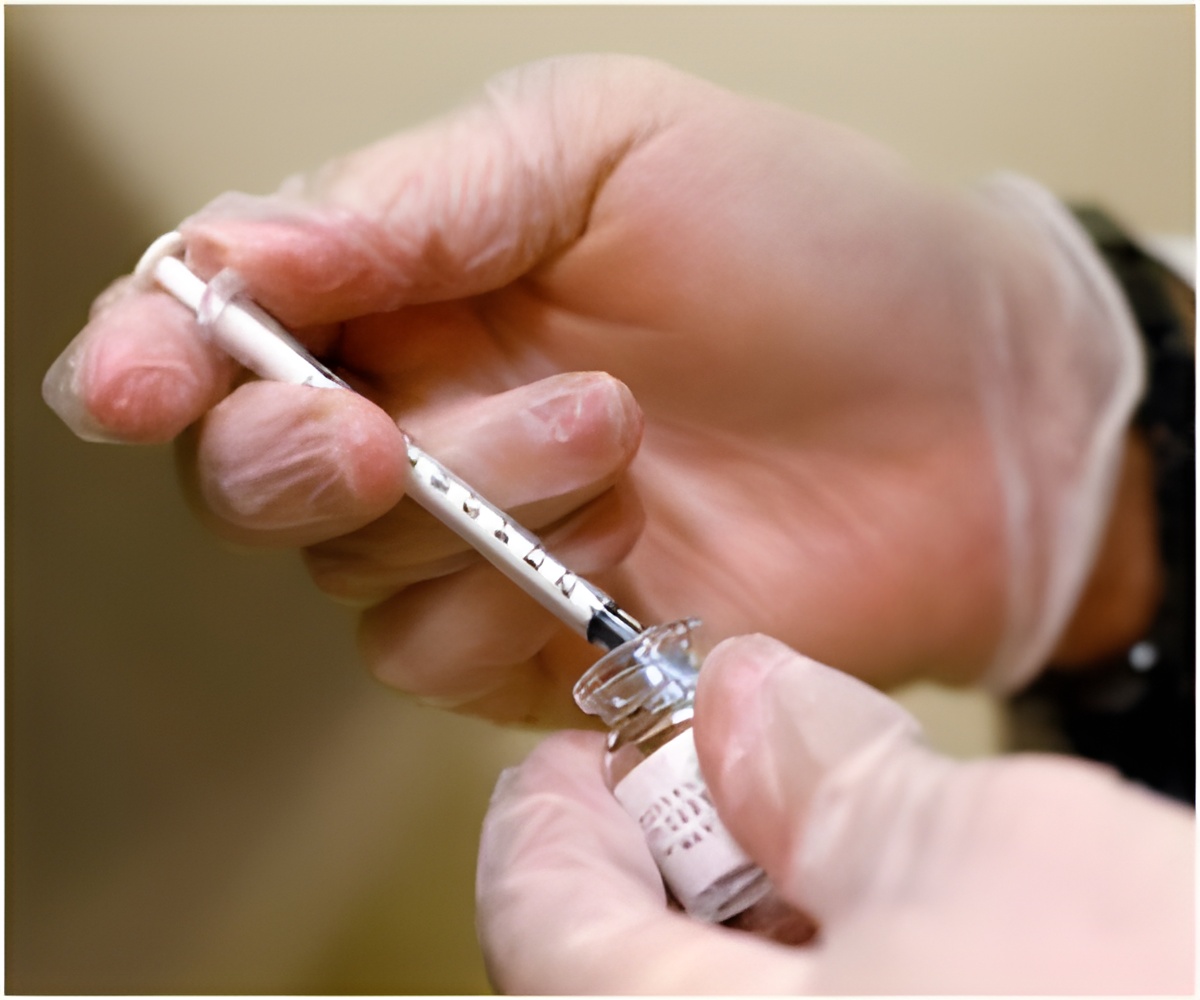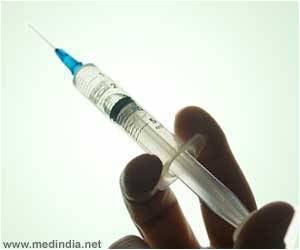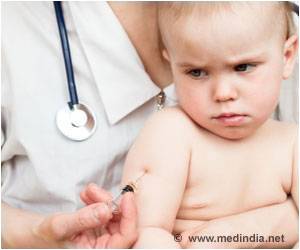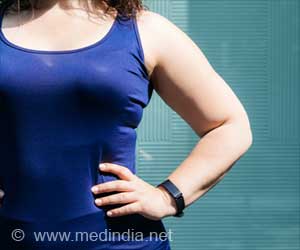At King's College London, sientists have demonstrated the ability to deliver a dried live vaccine to the skin without a traditional needle.

Funded by the Bill & Melinda Gates Foundation and published today in Proceedings of the National Academy of Sciences, researchers say although it is an early study this important technical advance offers a potential solution to the challenges of delivering live vaccines in resource-limited countries globally, without the need for refrigeration. A cheaper alternative to hypodermic needles, it would also remove safety risks from needle contamination and the pain-free administration could lead to more people taking up a vaccination. The researchers add that it could have an impact beyond infectious disease vaccination programmes, for example managing autoimmune and inflammatory conditions such as diabetes.
HIV, malaria and TB represent major global health challenges. Although promising research is underway to develop vaccines for these diseases, considerable stumbling blocks remain for countries where transporting and storing live vaccines in a continuously cold environment (around 2°C to 8°C or below) would not be possible. If a cold chain cannot be maintained for a live vaccine there is a high risk it could become unsafe and lose effectiveness.
The team at King's used a silicone mould developed by US company TheraJect to create a microneedle array – a tiny disc with several micro-needles made of sugar which dissolve when inserted into the skin. The team formulated a dried version of a live modified adenovirus-based candidate HIV vaccine in sugar (sucrose) and used the mould to create the microneedle array. They found that the dried live vaccine remained stable and effective at room temperature.
To test the effectiveness of the microneedle array, they applied it to mice. Using imaging (in collaboration with Professor Frederic Geissmann, King's College London) they observed how the vaccine dissolved in the skin and were able to identify for the first time exactly which specialised immune cells in the skin 'pick up' this type of vaccine and activate the immune system. The researchers found the first evidence that a sub-set of specialised dendritic cells in the skin were responsible for triggering this immune response.
When compared with a traditional needle vaccine method, the immune response generated by the dried microneedle vaccine (kept at room temperature) was equivalent to that induced by the same dose of injected liquid vaccine that had been preserved at -80°C.
Advertisement
'This work opens up the exciting possibility of being able to deliver live vaccines in a global context, without the need for refrigeration. It could potentially reduce the cost of manufacturing and transportation, improve safety (as there would be no loss in potency), and avoids the need of hypodermic needle injection, reducing the risk of transmitting blood-borne disease from contaminated needles and syringes.
Source-Eurekalert










